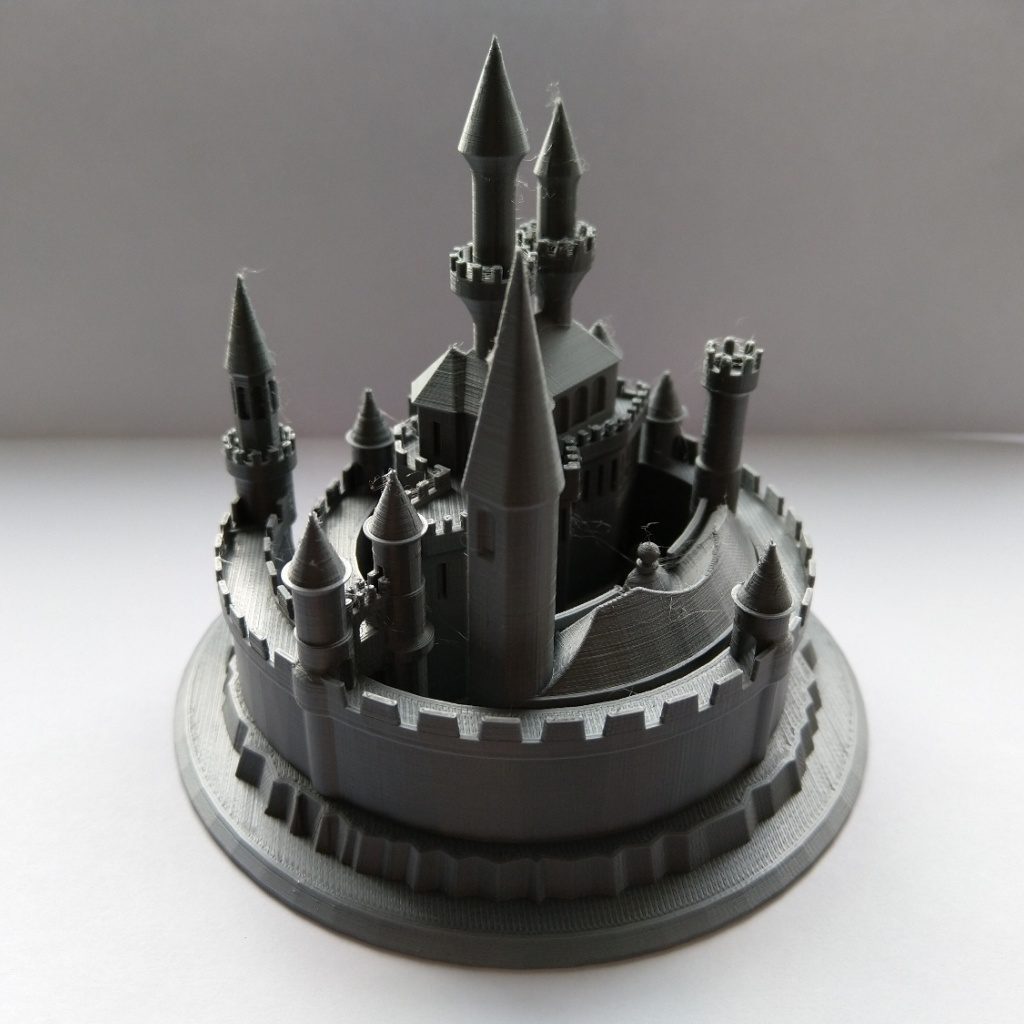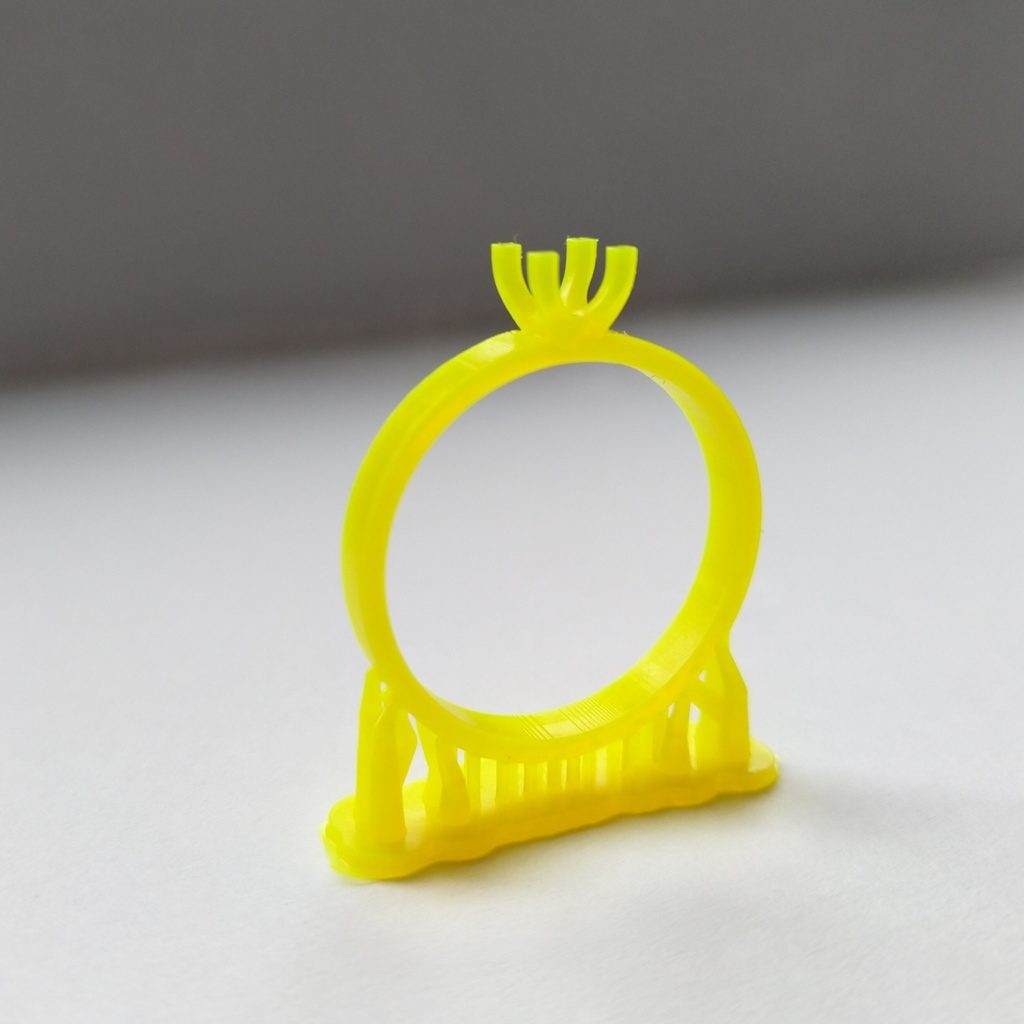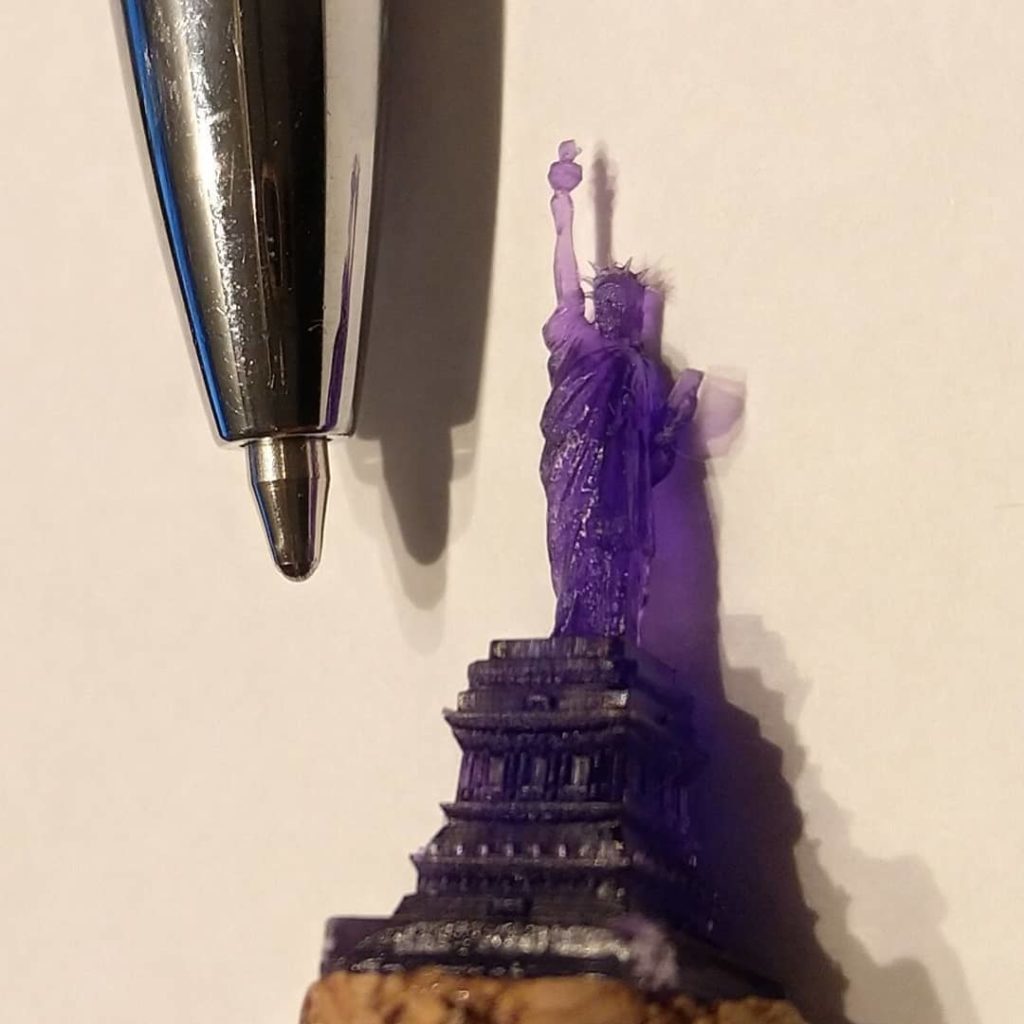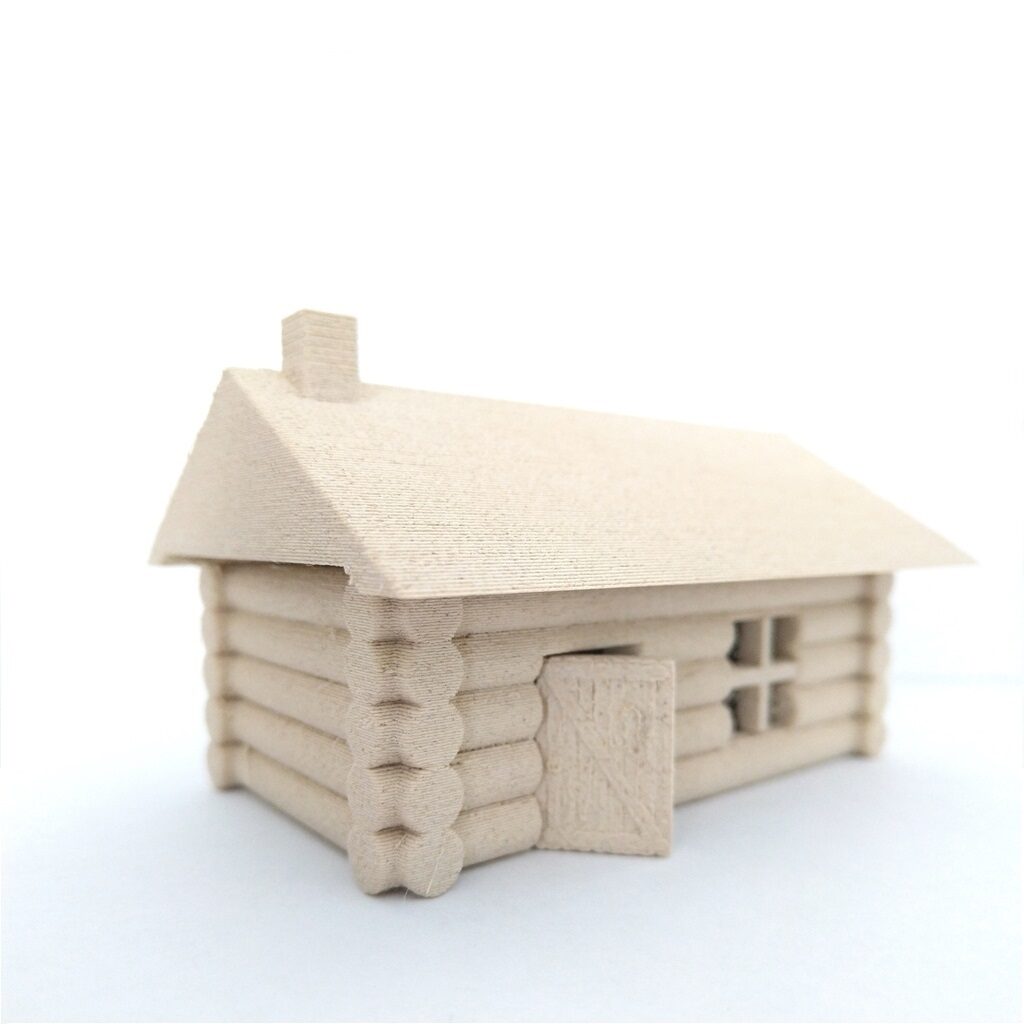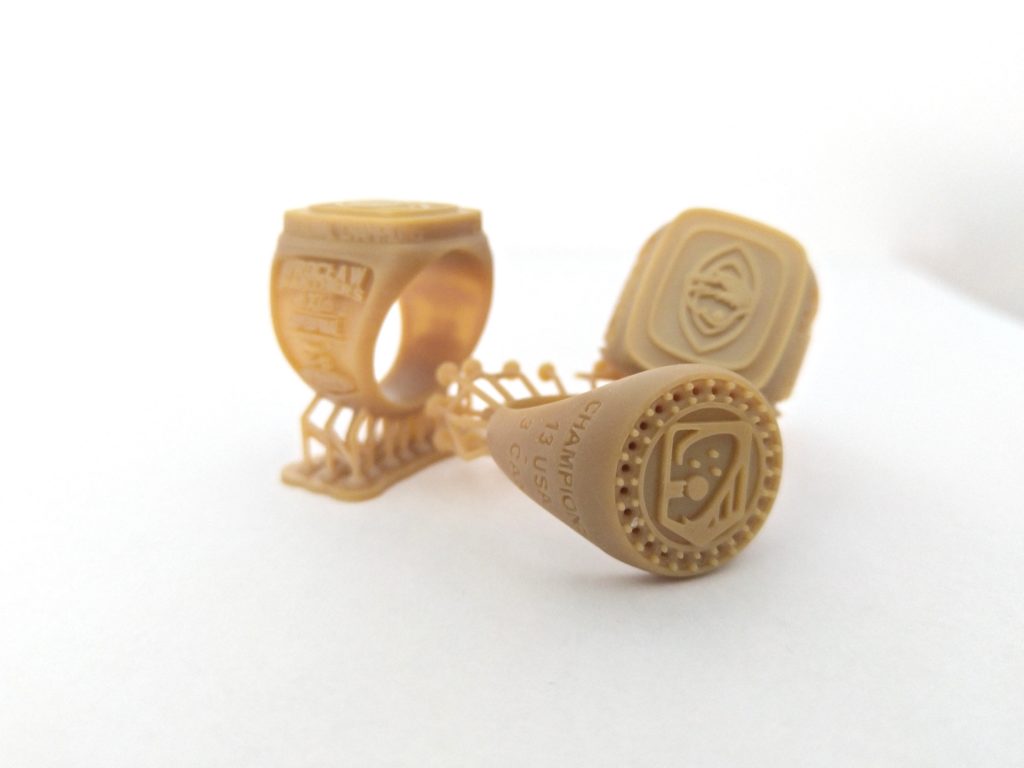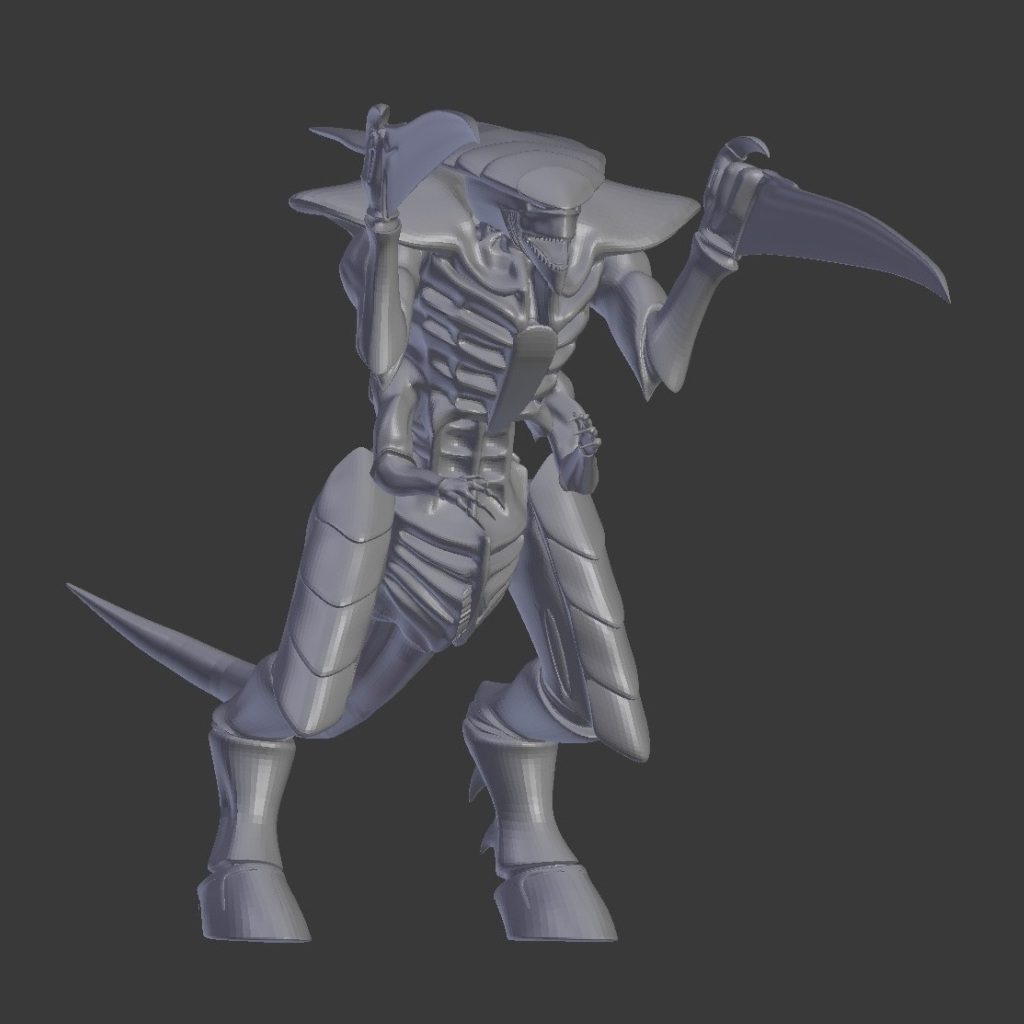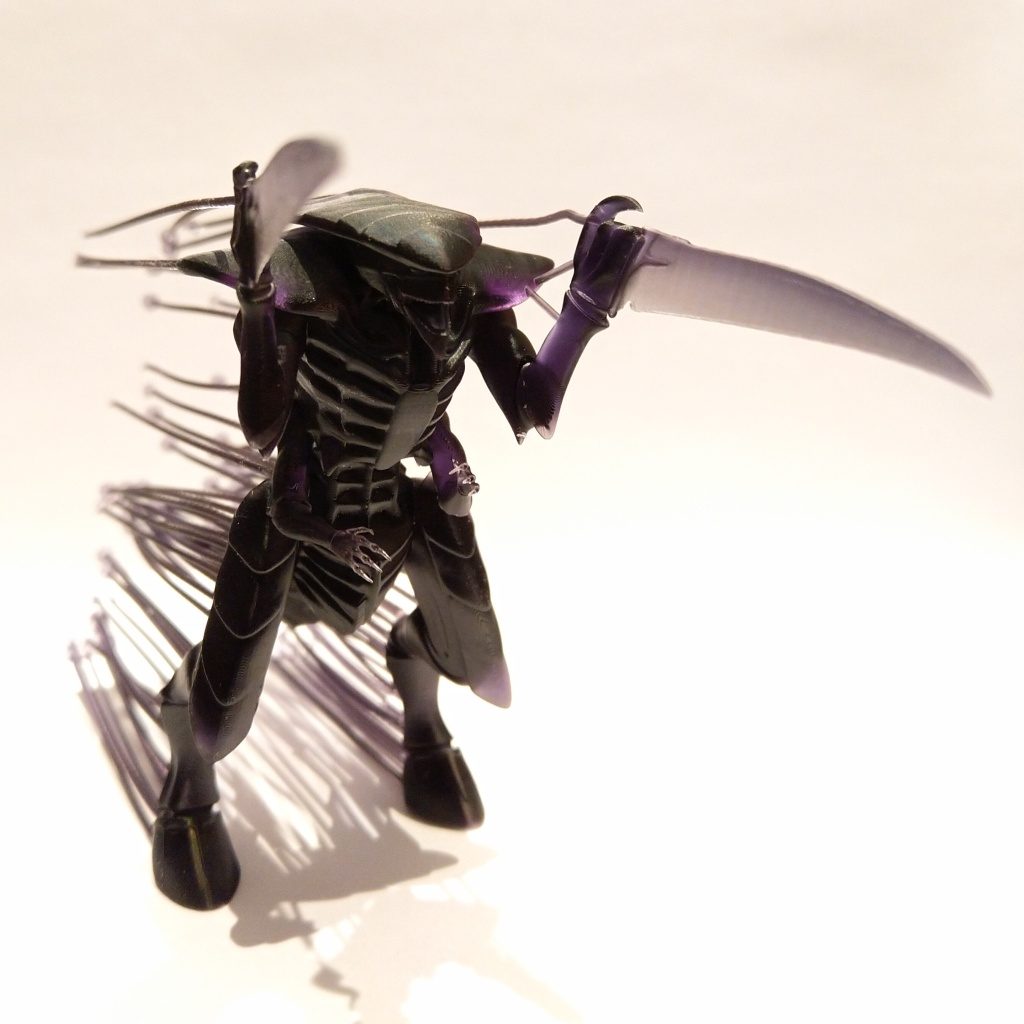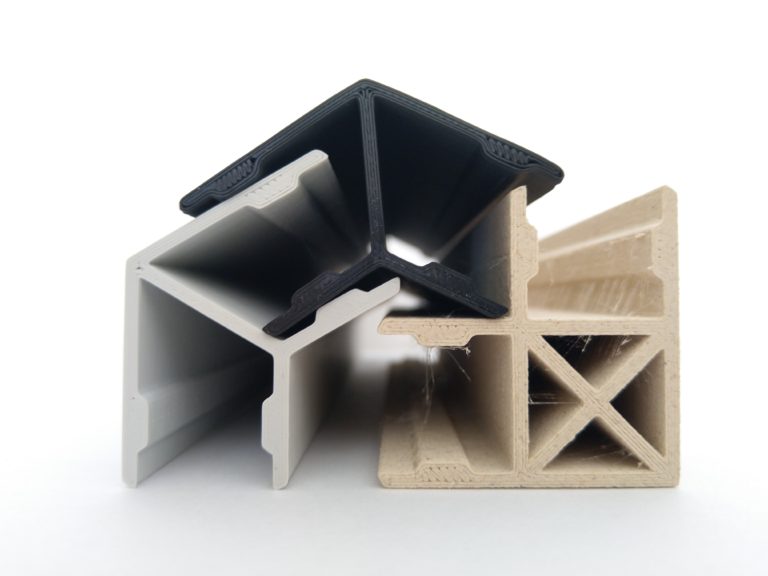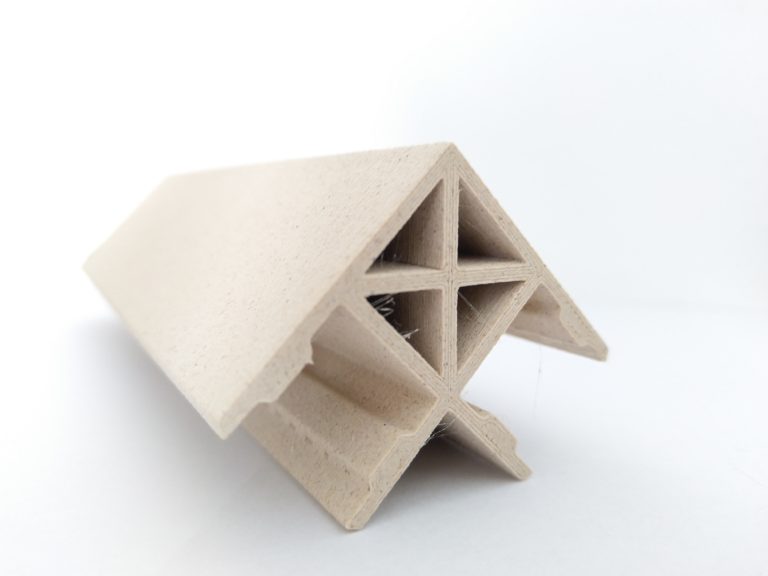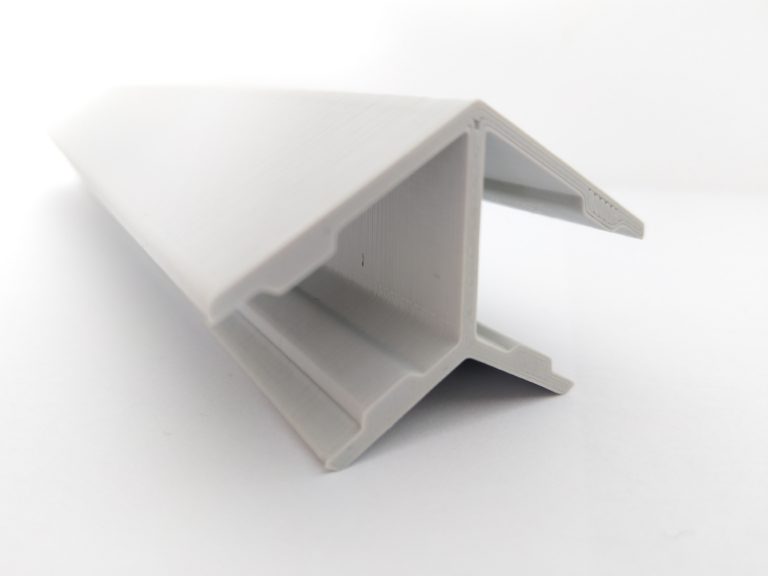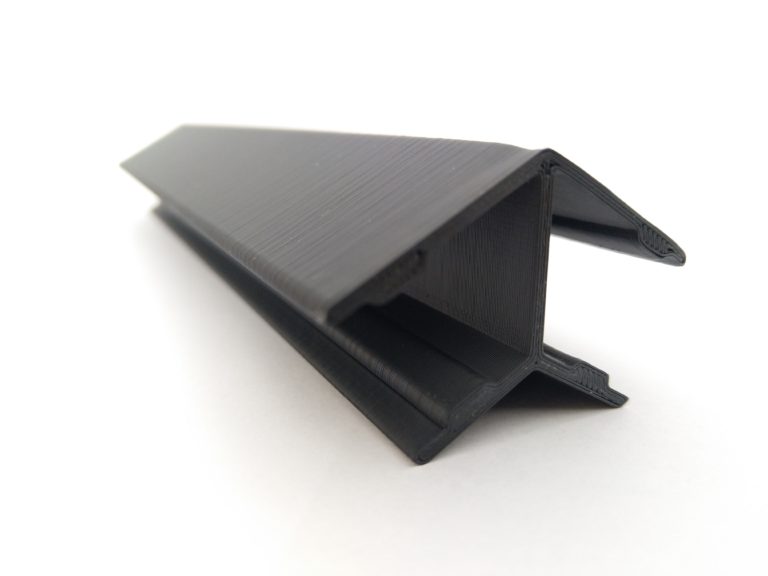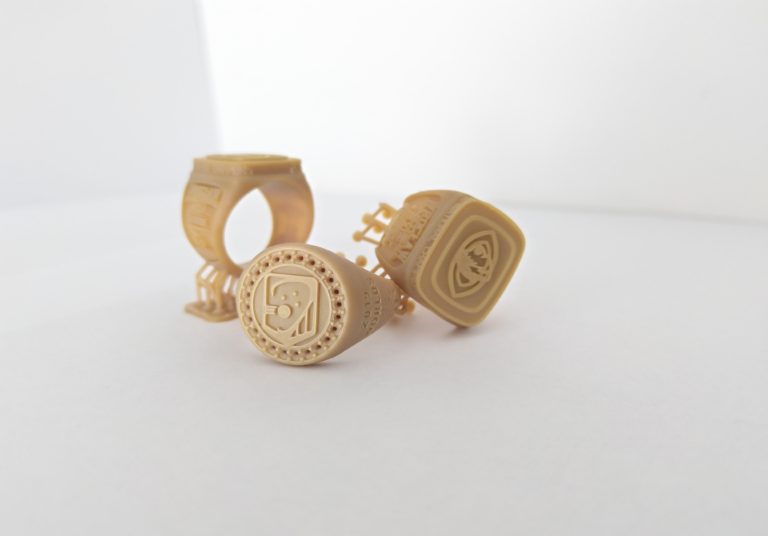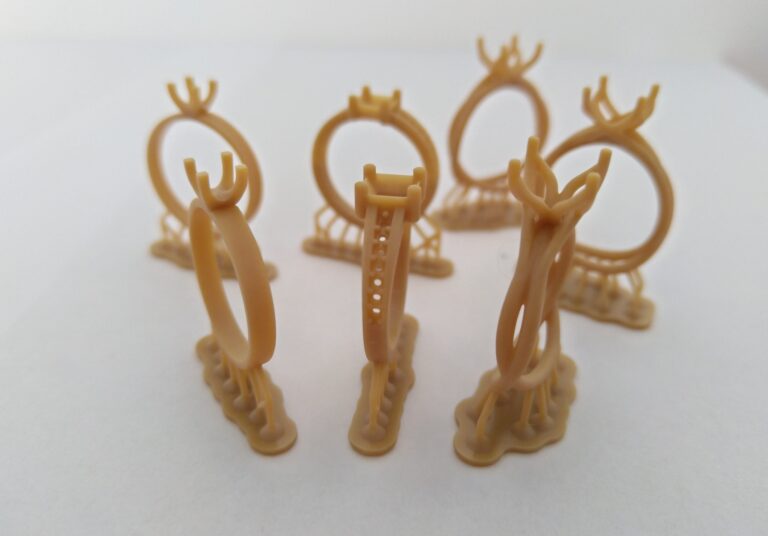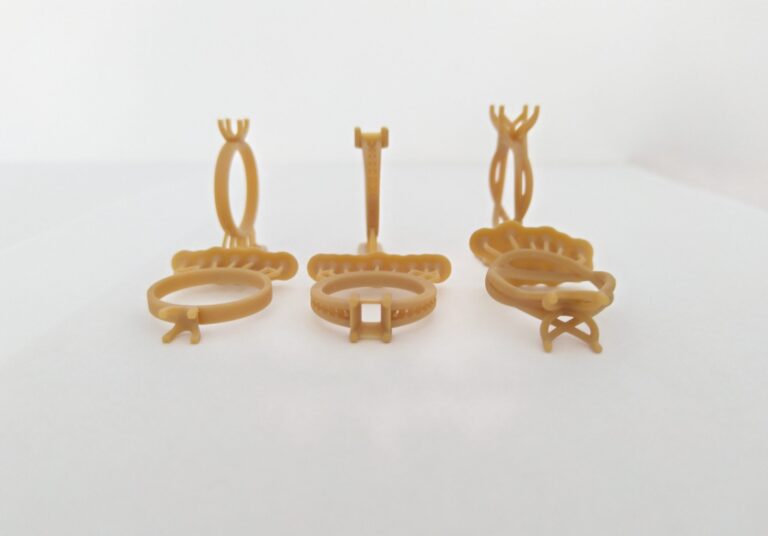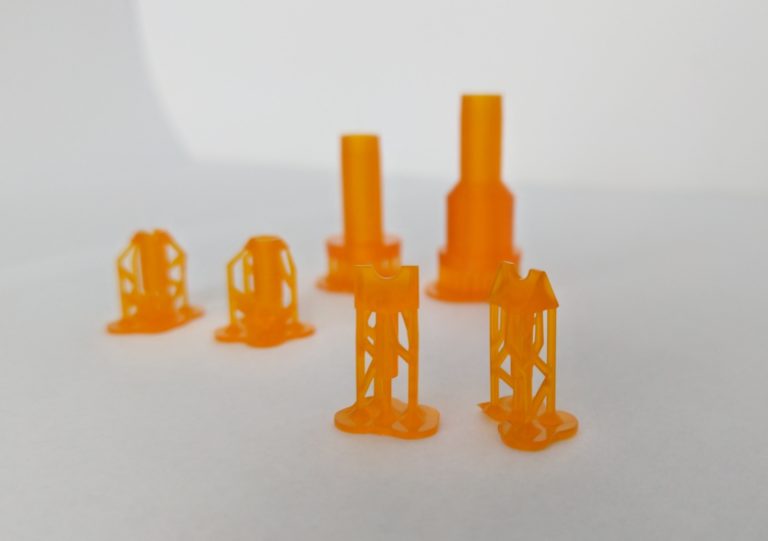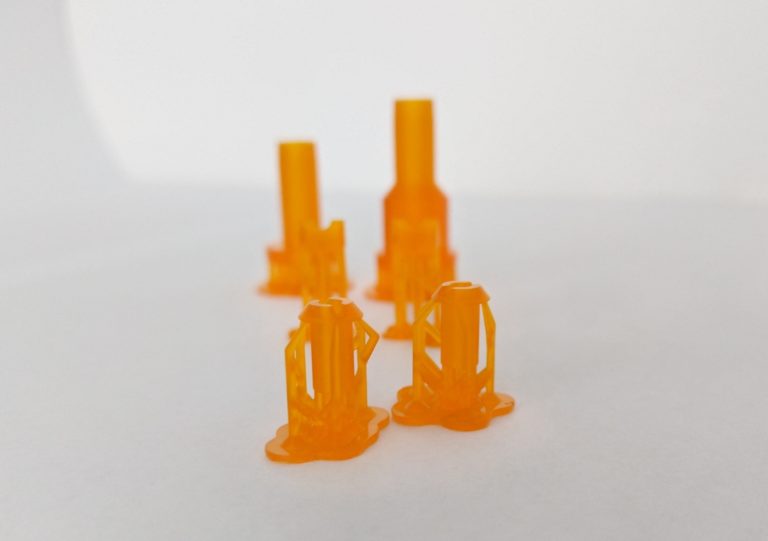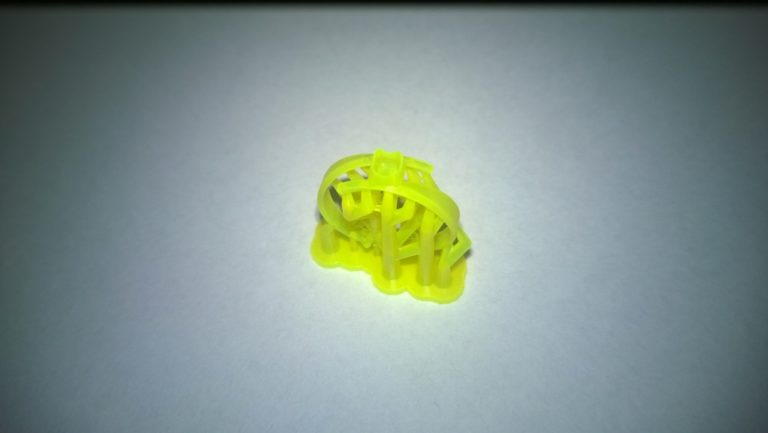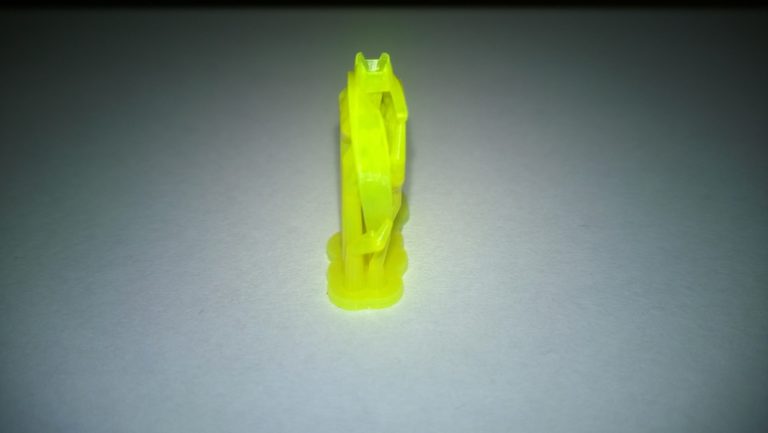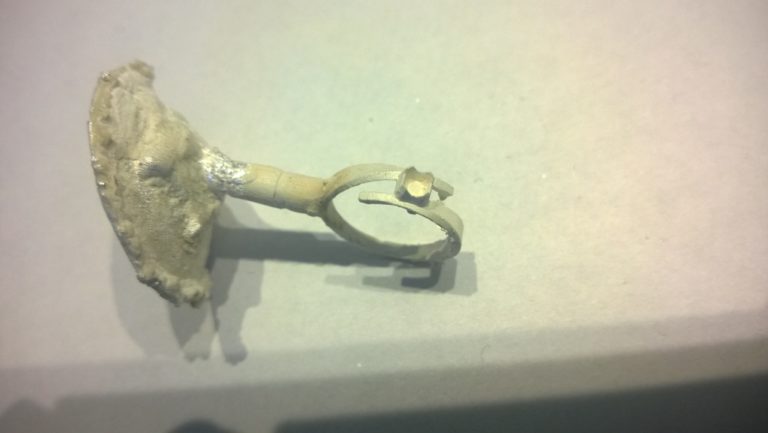3D Printing
3D Printing
We print in FFF / FDM technology as well as in SLA and DLP technology. 3Dprinting is a very good, fast and economical solution when it comes to producing prototypesor production of limited edition of products. In FFF / FDM printing technology, we offer prints of materials such as PLA, ABS, PET, HIPS, Flex PP, Ninjaflex, Laywood, Laybrick, Nylon, Bamboofill, Bronzefill, ASA, T-Glase, filaments with carbon fiber, polycarbonate. Using this technology, we offer a multicolor printing service (maximum of 5 colors).
SLA and DLP technology provide a very high precision of printed objects. The equipment used allows us to print objects with maximum precision of the Z axis up to 0.01 mm. We also print in this technology for specialized materials such as resins that burn without ash from which prints are immediately suitable as a model for creating foundry molds (lost wax casting) as well as engineering materials are characterized by high ductility and impact resistance as well as materials biocompatible – suitable for contact with human tissue, which are widely used in stomatology.
Work order procedure for 3D printing.
Provide the info about the material from which the object is design (or will be build) and in which technology the print shall be prepared.
Provide the dimensions of the object to be printed, as well as its parameters, e.g. placing slides if it is necessary for the item to be printed.
Send the project in the STL file format.
Based on details provided, we will prepare a cost estimate and make a scheduling proposal.With client’s approval, we will execute your work order.
3D printing types

SLA Printing
Printing in SLA technology allows printing very complex objects with a lot of details. The high precision of the printers allows us to print with maximum accuracy up to 0.01mm. Prints are sharp and crisp and small details are clearly visible.
This technology can be used for a broad range of materials wherever high precision is needed, such as in jewelry, dentistry or the modeling industry and in many other areas.
Some of the materials include:
• Ash-burning resins from which prints are suitable for creating foundry molds in “lost wax casting” technology
• biocompatible material – suitable for contact with human tissue
engineering resin is characterized by high toughness and impact resistance, which makes it a very good prototyping solution.
• standard photopolymer resin reminiscent of various types of popular plastic
Main areas of application:
jewelry, medicine, design and art.

DLP Printing
Printing in DLP technology is an improved version of SLA printing. It allows printing very complex objects with a lot of details, leaving a very smooth surface. The high precision of the printers we have allows us to print with maximum accuracy up to 0.025 mm. Prints are made almost smooth (even smoother than in SLA technology) and fine details are clearly visible.
This technology can be used for a broad range of materials wherever high precision is needed, such as in jewelry, dentistry or the modeling industry and in many other areas.
Some of the materials include:
- Nonash-burning resins from which prints are suitable for creating foundry molds in “lost wax casting” technology
- Bio-compatible material – suitable for contact with human tissue
engineering resin is characterized by high toughness and impact resistance, which makes it a very good prototyping solution. - Standard photopolymer resin reminiscent of various types of popular plastic
Main areas of application:
jewelry, medicine, design and art.
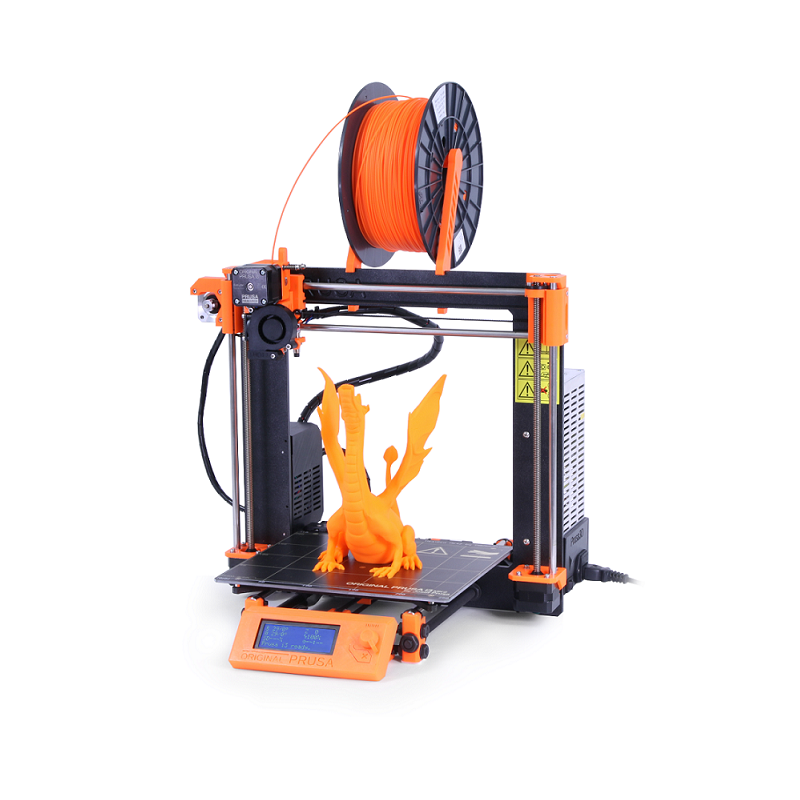
FFF/FDM Printing
FFF / FDM printing is a lower cost printing, making it better for larger items where the high precision of individual details is not important. The equipment used allows to combine various materials available on the market in one print as well as multi-color printing.
Some of the materials include:
- ABS filament various colors
- PLA filament various colors / colorful transparent filaments
- PET filament various colors / colorful transparent filaments
- filamet with Carbon’s dome
- HIPS filament
- elastic filament (rubber-like – can be extended to 680% of the original dimension and returns to its previous state)
- specialized architectural filaments (with the addition of materials such as clay, cement, marble etc. so that the prints look more realistic)
- specialized wood-like filaments
- nylon filament
Main areas of application:
jewelry, medicine, design and art.
3D printing in different industries
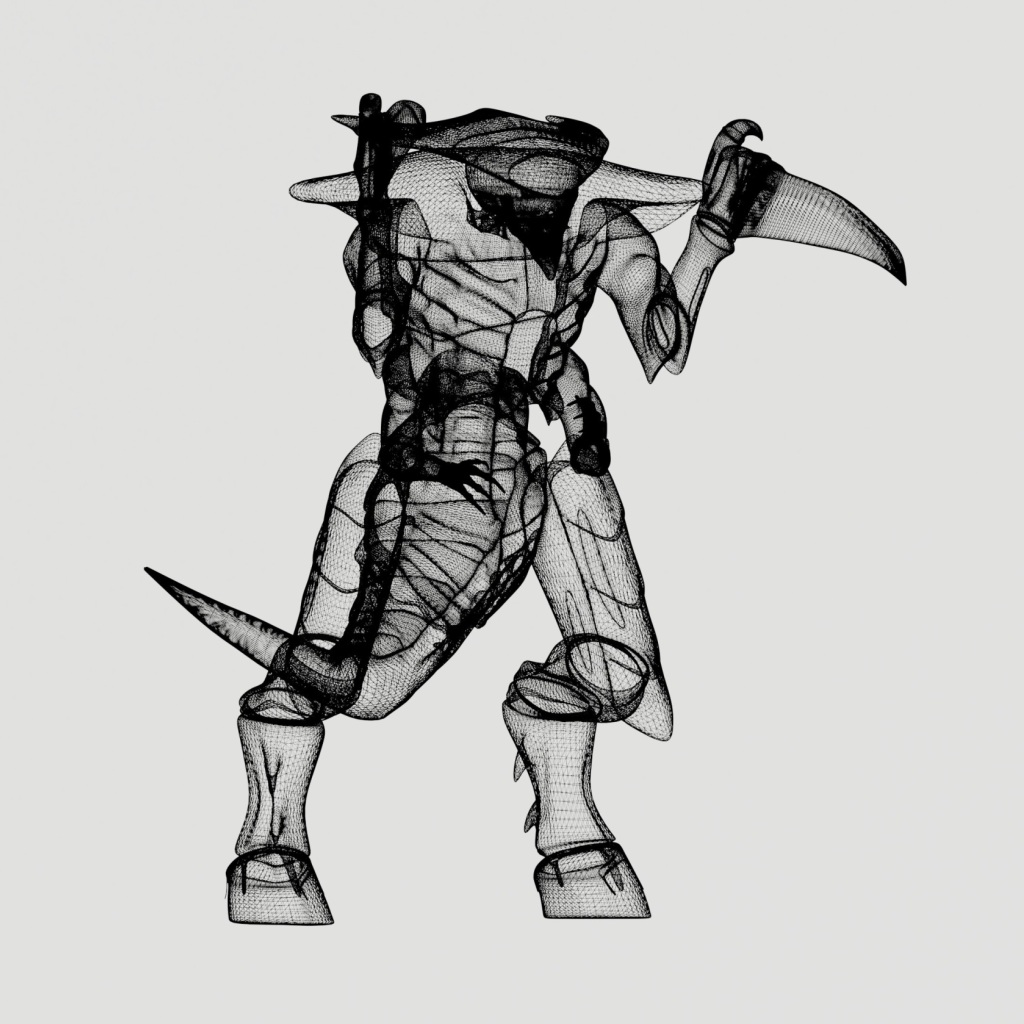
Game figures
For the production of character figures we use standard resins that give good reproduction of details at a reasonable price of the material as well as sufficient resistance to damage under normal conditions of use. The attached graphics present each of the stages of preparing the figures for printing, from the creation of the model for printing, visualization for the customer and the final product. Figure size - 10 cm.
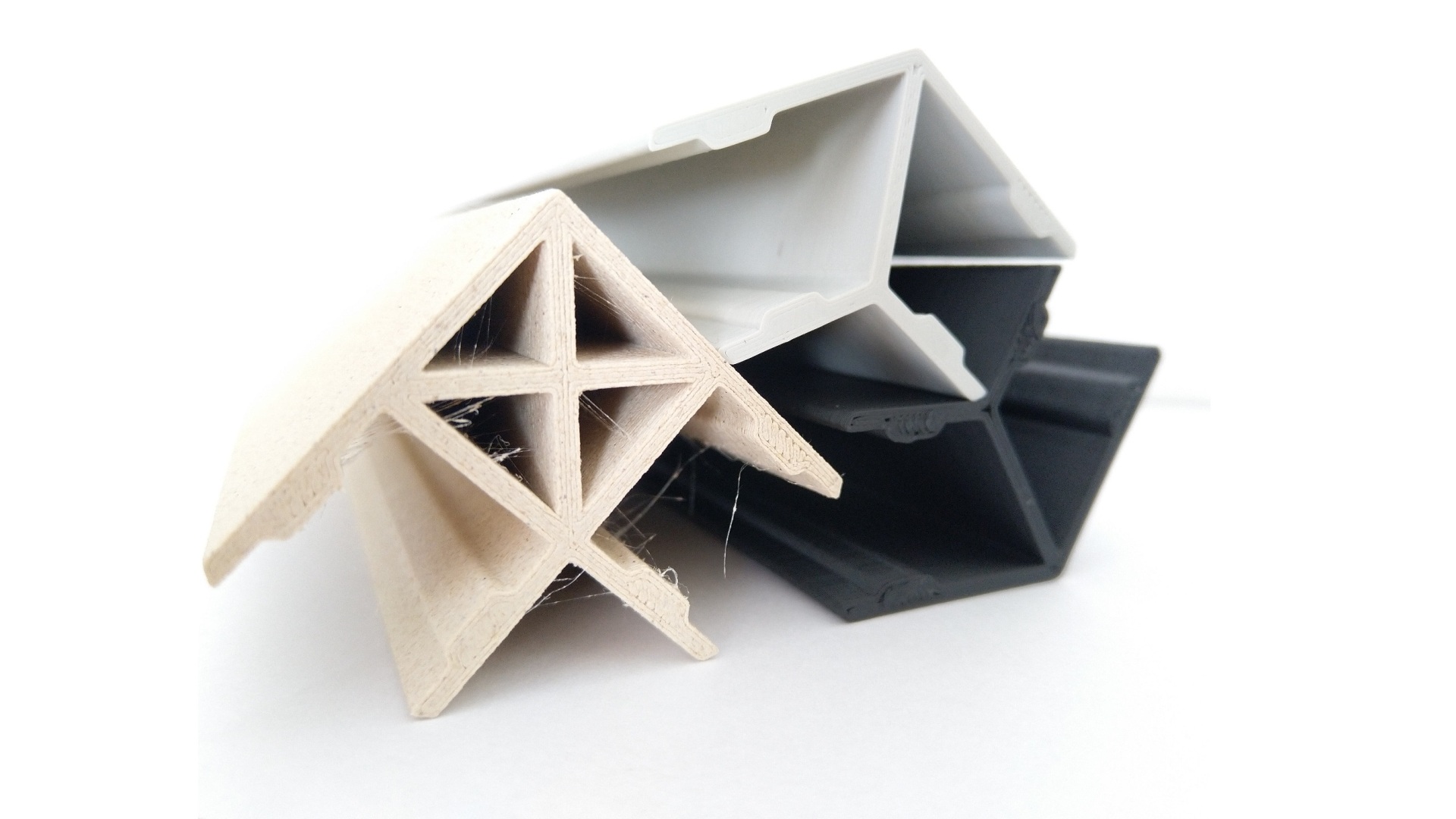
Furniture finishes
In the furniture industry, we used various types of ABS with additional properties such as resistance to UV rays or smell, appearance and texture of wood to make ready-made elements.
Jewelry

Signet rings
In the case of signet rings, we used material resistant to high temperature and pressure, suitable for creating rubber molds, ensures a smooth surface and good reproduction of details.

Jewerly
The material with parameters such as ABS provides good reproduction of details, high strength, resistance to mechanical damage and relatively high hardness.

